Description
Kavala – Torch Relay Greek Route
Athens 2004 Olympic Games Pin
The Olympic Flame past from Greek City, Kavala.
The 2004 Summer Olympics Torch Relay took the Olympic Flame across every habitable continent, returning to Athens, Greece. Every citywhich had hosted the Summer Olympics was revisited by the torch, as well as several other cities chosen for their international importance.
The relay was the first time the Olympic flame had travelled to Africa, India and South America. The flame was transported from country to country aboard a specially-equipped Boeing 747 leased from Atlanta Icelandic (Registration TF-ARO) called Zeus. On board the flame was carried and burned continuously in specially modified miners lamps.
Kavala is a city in northern Greece, the principal seaport of eastern Macedonia and the capital of Kavala regional unit.
The “Arches”, probably the most famous monument of the modern city of Kavala. It is the most impressive part of an extensive water supply system was built to supply water the dry rock of Panagia peninsula, where the ancient and medieval phase of the city of Kavala developed. The strategic position of the peninsula attracted since the early Iron Age. In 7th Thassians settlers founded the first settlement developed into an important city of antiquity, known by the name Neapolis. In Roman times they settled there Roman officials, while findings indicate trade with Asia Minor and the eastern Aegean. In the first Christian centuries the port of Naples arrived from Asia Apostle Paul with his entourage. This fact, combined with the establishment of the first Christian community in Philippi have to become Christian pilgrimage site, which could justify the renaming of Christoupolis. The new name appears in the 9th cent., At which time becomes a powerful fortress, computable in the military planning of the area throughout the Byzantine period. With the complete destruction of the city in 1391 deserted and it took 130 years to organize anew life. The foundation of the new town named Kavala placed between 1526 and 1546 to 1549.
The aqueduct is part of the plans of Sultan Suleiman the Magnificent, for rebuilding the city. It starts from the opposite hills in position Soumpasi or Three Karagatsia where there are water sources. It follows the inclination of the ground, passing through five stone bridges and culvert has four fountains with troughs for watering the animals. The “Arches” is the last and most monumental part. Bridge the lowered part of the territory sandwiched between the rock of the peninsula and the hill of sources. Bulky quadrangular piers, which grow to a length of 270 m. Bridged by arcs which hold a second series of piers and arches in turn shape the upper surface to a maximum of 26 m., Where the conductor is deposited. The arches of the first series have an opening 5.60 m. And a height of 12 m. Measure eleven arcs in the series. In each of these corresponds to a smaller area of ??the upper opening 5.00 m. And a height of 8,00 m. On both ends are arrows in a row, three on one side and four on the other. The piers of the second series opened two successive small unequal arches, which alleviates manufacturing. Under the arches of the crossing the two main entry and exit roads in the modern city.
The current form is due to the extensive reconstruction suffered during the reign of Sultan Suleiman the Magnificent (1520-1530). However, the study of the masonry of the lower parts, allows to assume that is older. Possibly the initial phase belong to the Roman aqueduct of Naples.
The pin depicts the Torchbearer passing from a monument of Kavala city
Product: Olympic Pin
Pin code: #04-162-046
Tiraz: <1.000pcs
Official Licensed Product
Licensed Manufacturer: Efsimon Collection
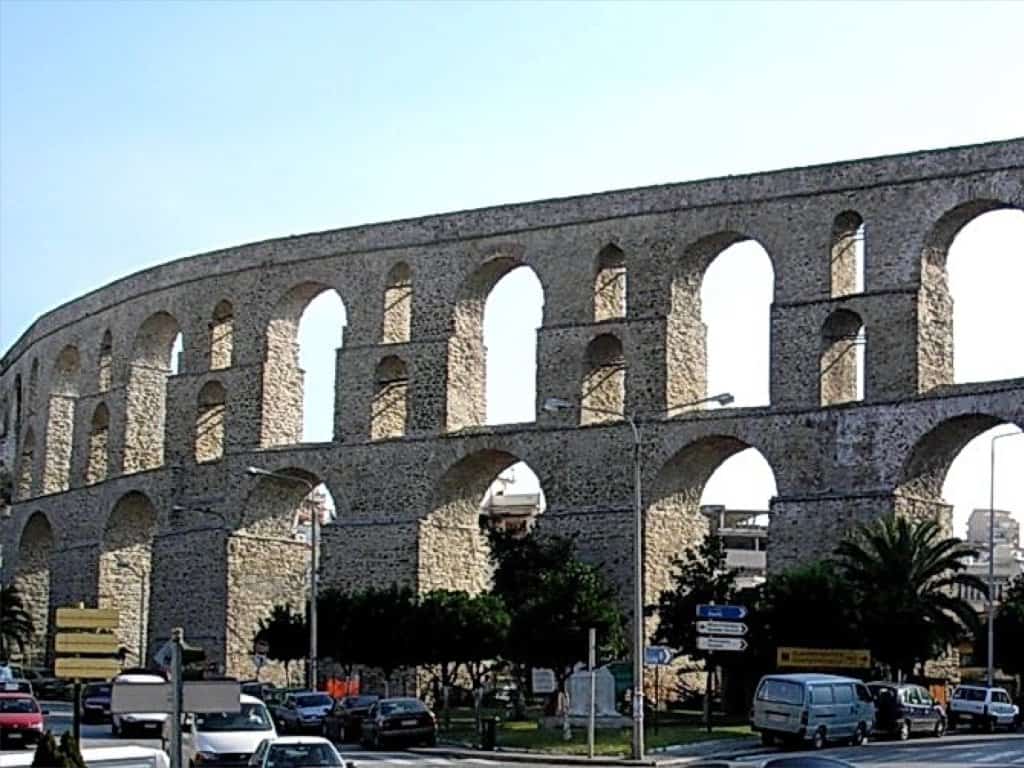
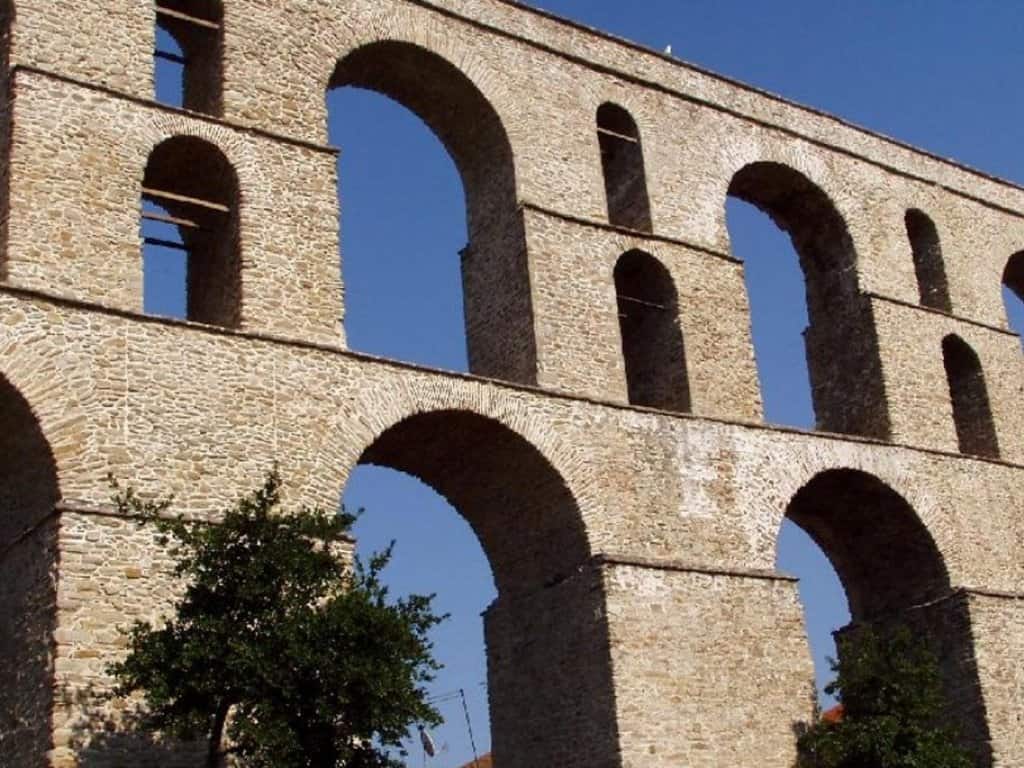
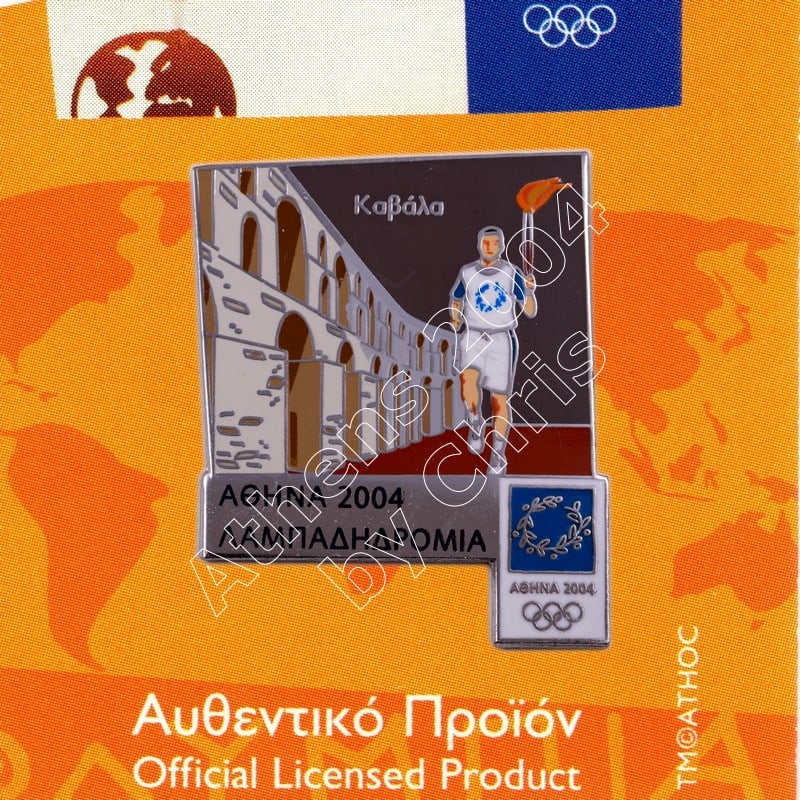
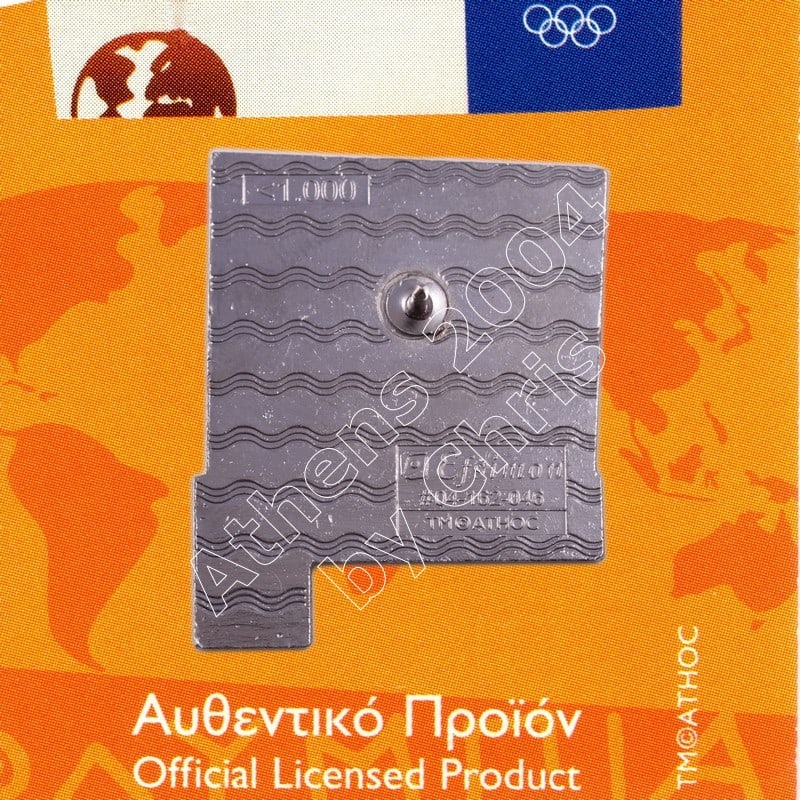

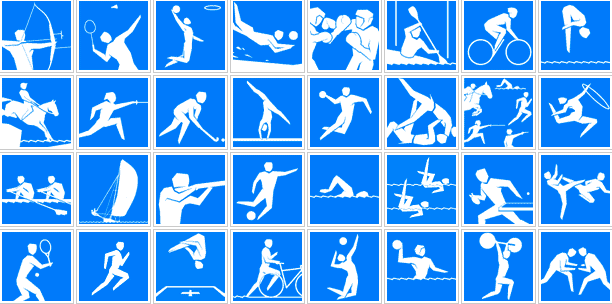
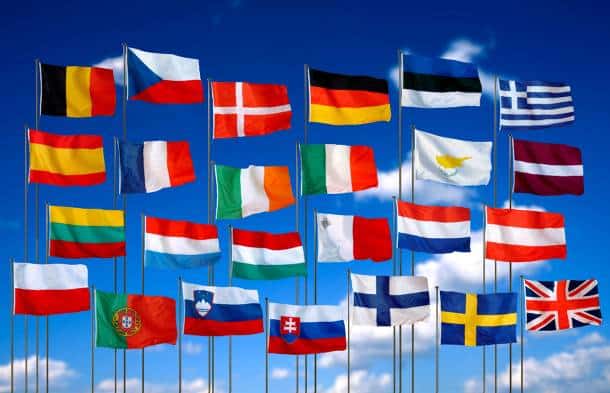
Reviews
There are no reviews yet.